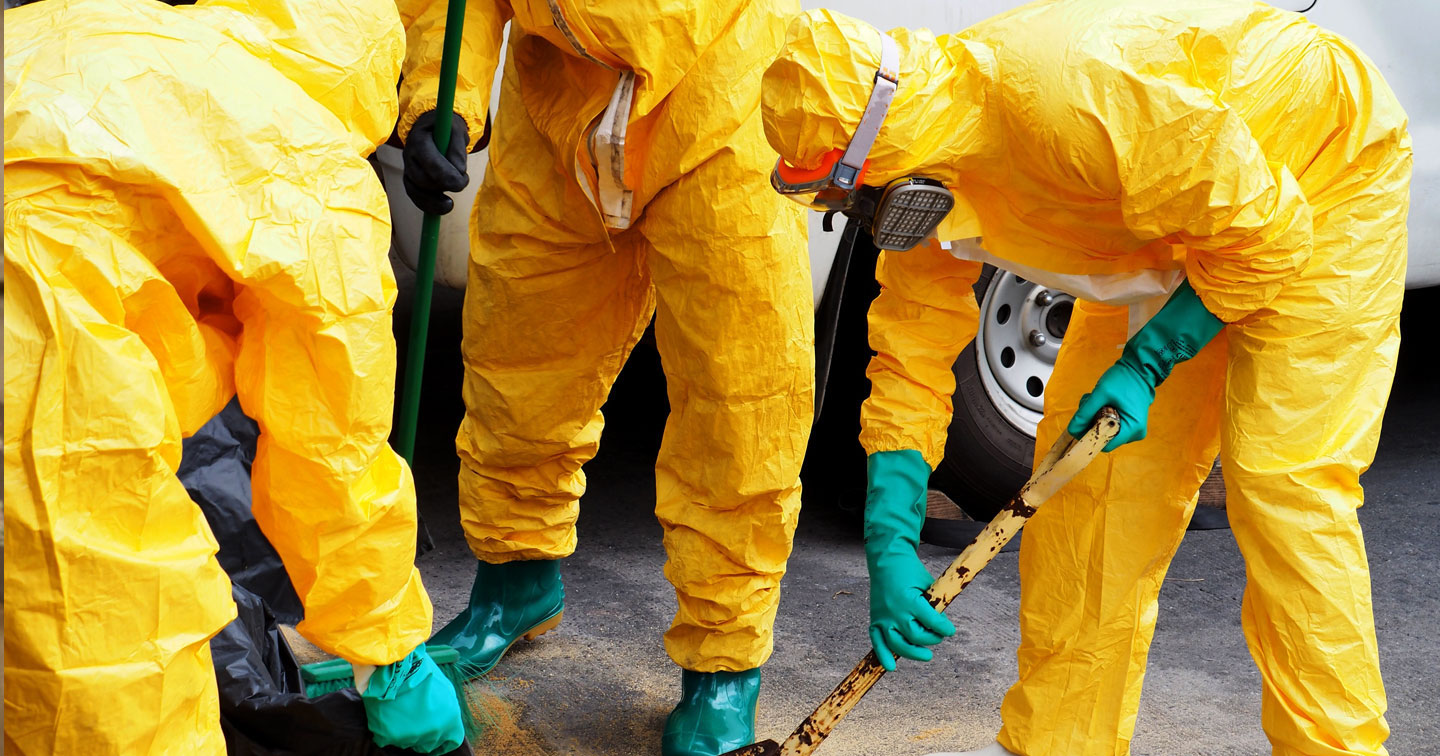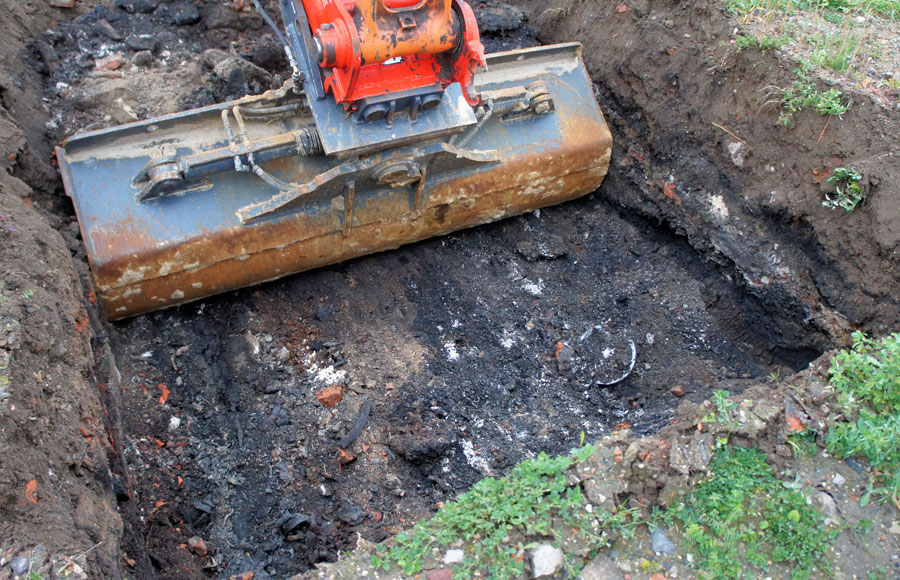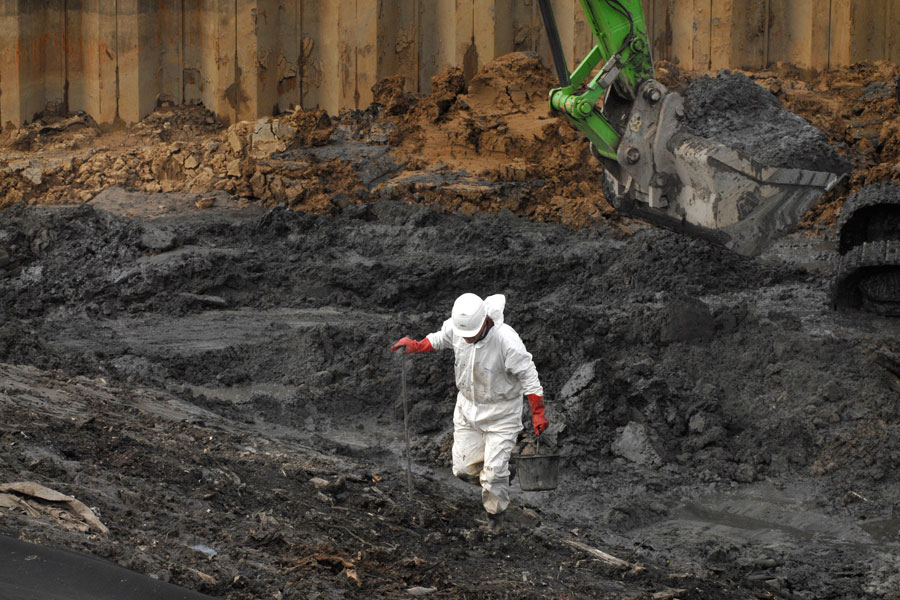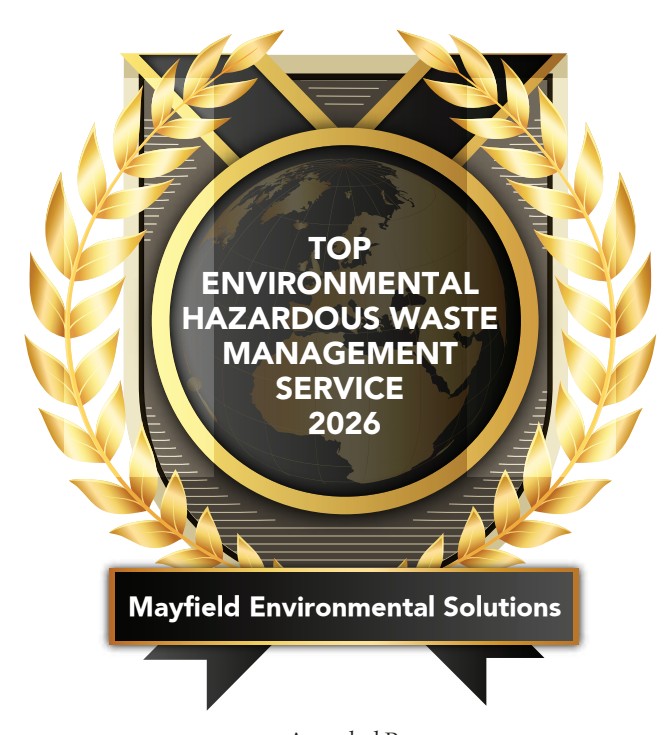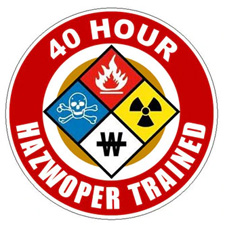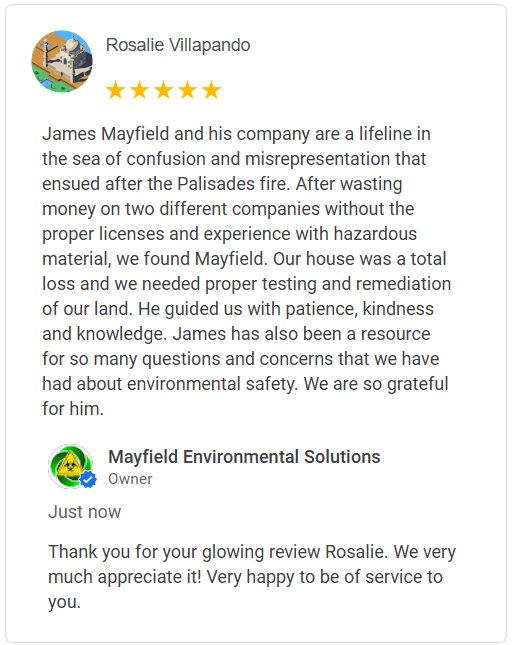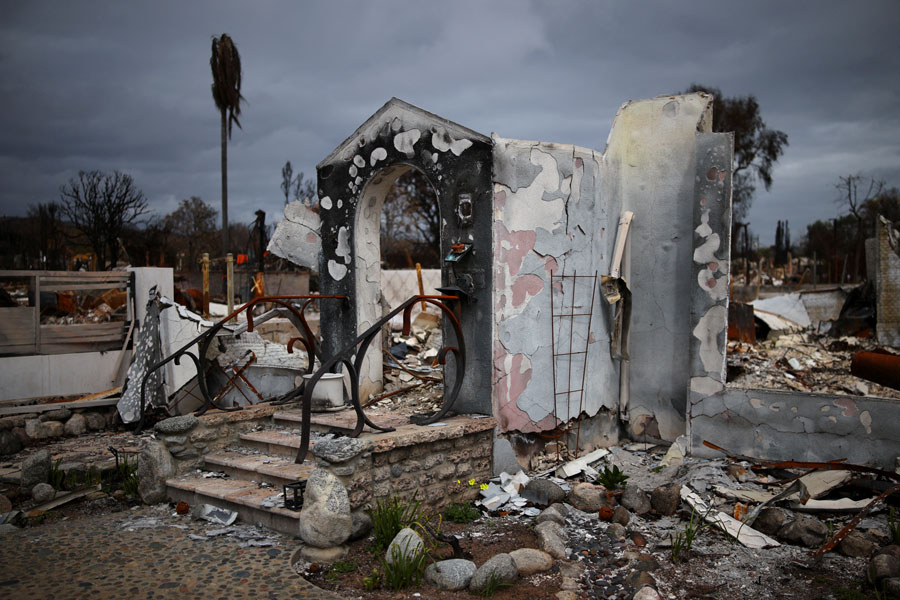
SAN GABRIEL, CA – Concerns are being expressed by hazardous material professionals that the laborers, heavy-equipment operators, hazmat technicians and truck drivers that are being overseen by the U.S. Army Corps of Engineers to clean up in the wake of the rampant wildfires in Los Angeles County are not only insufficient, but could possibly be spreading additional pollution in some instances.
The now infamous disaster began as two separate fires that, together, caused an astonishing level of devastation within the state. The first wildfire – dubbed the “Eaton Fire” – began on the evening of January 7, 2025, in the Eaton Canyon in the San Gabriel Mountains, and before finally being contained on January 31, was responsible for 17 deaths and the destruction of over 9,000 structures.
The second fire – dubbed the “Palisades Fire” – also began on January 7, this one in Santa Monica Mountains of Los Angeles County, and was also eventually contained on January 31; it killed 12 people and destroyed 6,837 structures.
Many of the vehicles and buildings that burned resulted in the release of toxic chemicals and smoke that were absorbed by floors, furniture and other indoor surfaces that continue to emit these substances into the breathable air around them. In addition, the wildfires also created large amounts of fine particle pollution that can contribute to increased risk of heart and lung disease, while exacerbating pre-existing conditions.
The efforts on the part of the Army Corps and their subcontractors to clean up the debris and hazardous waste that the fires left behind are commencing at a breakneck pace, according to reports, clearing nearly 120 lots a day. However, there are growing allegations that these efforts may not be adequately clearing out contaminants, in addition to possibly contributing to additional spread of pollution.
Los Angeles County recently released soil sampling results from areas affected by the Eaton and Palisades Fires; environmental consultants collected approximately 4,000 soil samples from around 800 intact residential parcels in the Eaton and Palisades fire areas between late February and late March.
The results shockingly indicate that high levels of lead and other toxic metals and substances – including arsenic, cadmium, benzo[a]pyrene, and polycyclic aromatic hydrocarbons (PAHs) – are still reading at unacceptably high levels compared against state and federal residential screening thresholds in both soil and residential parcels that have already been cleaned up by the Army Corps.
These results are meant to guide further evaluation, not to trigger immediate remediation,” said Dr. Nicole Quick, chief medical advisor for the Los Angeles County Department of Public Health. “Residents who are concerned about their soil should consider consulting an environmental professional.”
In addition, some reports indicate that the pollution from the fire cleanup efforts could have resulted in contaminants having spread to nearby beachfront regions, embedding in the sand and flowing into storm drains.
This news is generating especially intense concern from local residents as beach season fast approaches, with environmental groups issuing warnings that the sand at many popular beaches in Los Angeles may now pose a serious health risk.
Ashley Oelsen, a conservation biologist, took it upon herself to test the sand of several beaches near Santa Monica Bay, and she said that the results showed elevated levels of toxic metals, as well as lead, arsenic, mercury and chromium.
I absolutely don’t think it’s safe for children, especially with the hand-mouth behavior on the sand,” Oelsen said.
Los Angeles County health officials said they do not feel that the level of contaminants at these beaches pose a risk to human health, but nonetheless issued a statement saying that “Beachgoers may now enter the ocean water and recreate on the sand in these areas, but they are still advised to avoid fire debris in the water, as the fire debris may contain harmful substances.”
This is proof positive that engaging the services of experienced and knowledgeable environmental cleanup professionals such as Mayfield Environmental Solutions is vital in the wake of a one-in-a-lifetime disaster of the magnitude of the L.A. wildfires; lives could literally depend upon it.




